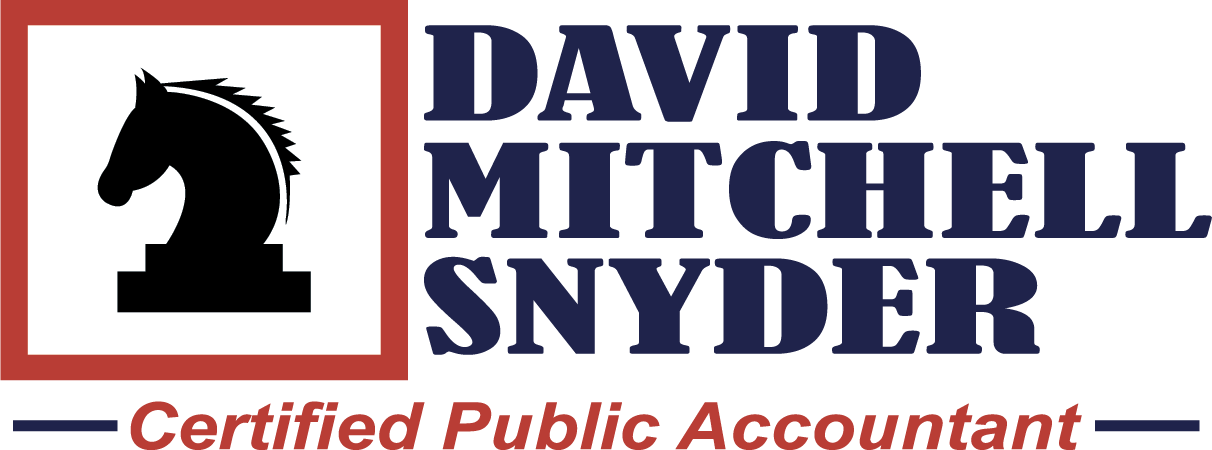Tax Deferred Exchanges: IRC Section 1031

Do you have a large potential gain in a business or investment real estate holding you would like to sell? Are you also planning on purchasing additional real estate? Then a like-kind exchange under IRC Section 1031 may be for you! A 1031 exchange allows you to postpone paying tax on the gain if you reinvest the proceeds in similar property as part of a qualifying like-kind exchange. Gain deferred in a like-kind exchange under IRC Section 1031 is tax-deferred, but it is not tax-free.
Deferred Exchanges
To accomplish a Section 1031 exchange, there must be an exchange of properties. Most exchanges are deferred exchanges rather than direct swaps (difficult to find) or reverse exchanges (not discussed in this article). Deferred Exchanges are more complex than direct exchanges but allow for greater flexibility. In a deferred exchange, you dispose of your property and then acquire one or more other like-kind replacement properties.
Qualified Intermediaries
Taxpayers use qualified intermediaries to facilitate the transaction and to make sure that the like-kind exchange follows all the rules to retain its tax deferred objective. You must not have any business or personal relationship with the intermediary.
Like Kind Properties
Both the acquired and disposed of properties must be held for use in a trade or business or for investment. Property used primarily for personal use, like a primary residence or a second home or vacation home, does not qualify for like-kind exchange treatment. The properties involved in a like kind exchange must be of similar nature and character. Most business and investment real estate will be like-kind to other business and investment real estate.
Time Limits
The first time limit is that you have 45 days from the date you sell the relinquished property to identify potential replacement properties. The identification must be in writing, signed by you and delivered to the qualified intermediary. Replacement properties must be clearly described in the written identification.
The second time limit is that the replacement property must be received, and the exchange completed, no later than 180 days after the sale of the exchanged property or the due date (with extensions) of the income tax return for the tax year in which the relinquished property was sold, whichever is earlier. The replacement property received must be substantially the same as the property identified within the 45-day limit.
Warning
Be very careful in your selection of a qualified intermediary as there have been cases of intermediaries not being able to meet their contractual obligations to the taxpayer. The taxpayers are treated as not meeting the strict timelines set for a deferred exchange, thereby disqualifying the transaction from Section 1031 deferral of gain. The gain will be taxable in the current year.
Deferred Gain Not Tax Free
Gain is deferred, but not forgiven, in a like-kind exchange. You must calculate and keep track of your basis in the new property you acquired in the exchange. The basis of property acquired in a Section 1031 exchange is in its simplest form the basis of the property given up. This transfer of basis from the relinquished to the replacement property preserves the deferred gain for later recognition. This results in a lower depreciable basis in the acquired property than its exchange value and lower future depreciation deductions. If the replacement property is sold in a taxable sale, the original deferred gain, plus any additional gain realized since the purchase of the replacement property, is subject to tax.
While a tax deferred exchange isn’t for everyone, it can be a fantastic tax savings vehicle. Under the right circumstances, a 1031 exchange can save you considerable money. My favorite strategy is for taxpayers to hold exchanged properties until they die. Then the inherited tax basis is increased to FMV without the deferred tax every being paid. Only problem is you must die to benefit. Oh well.
